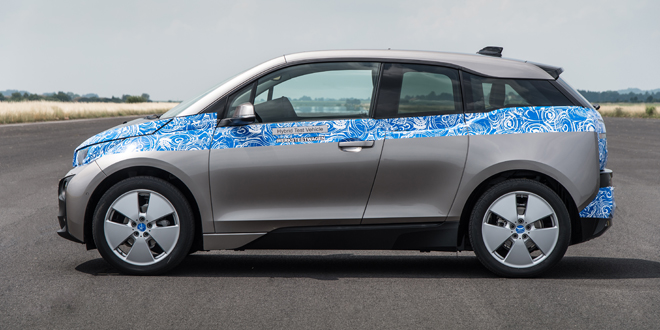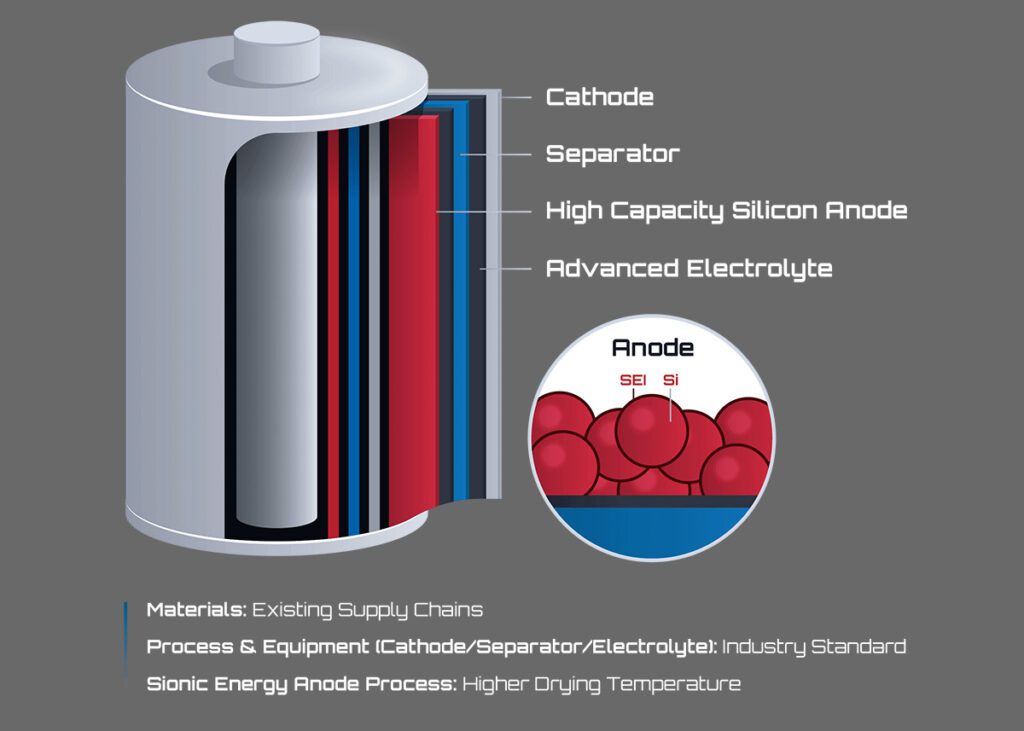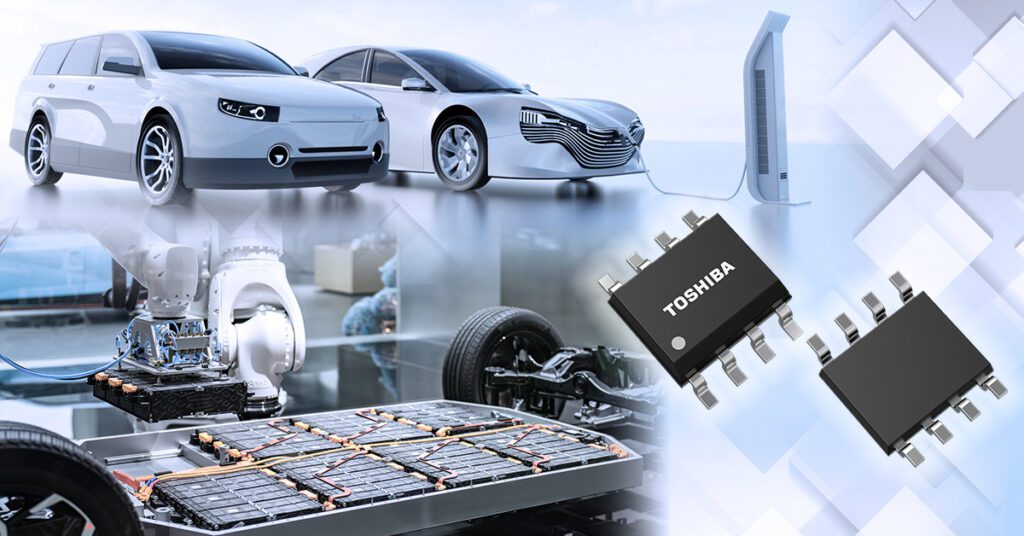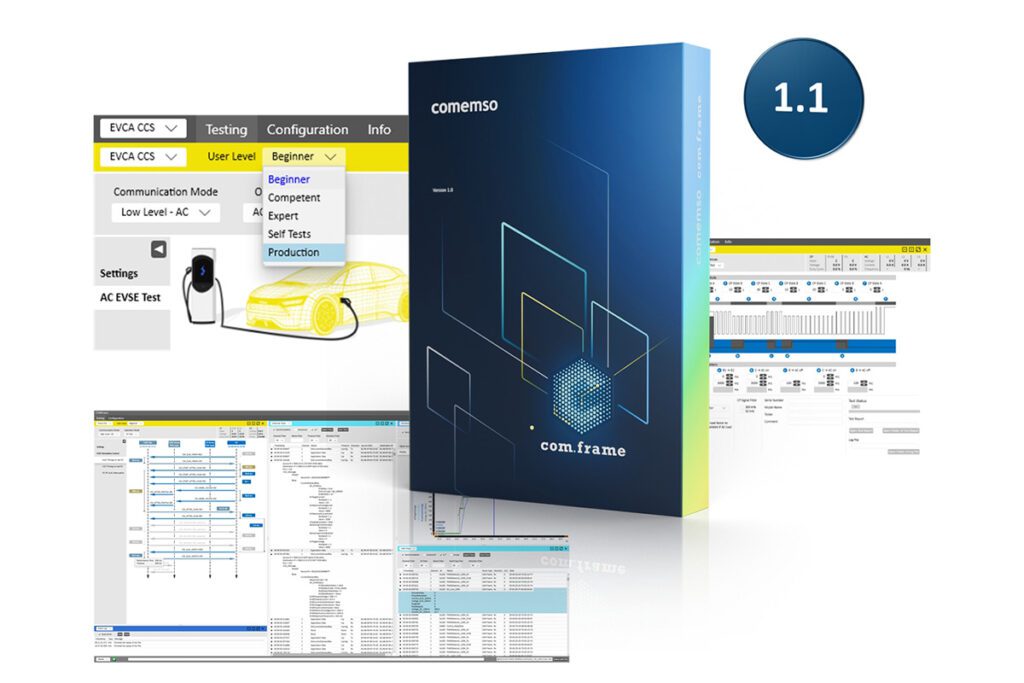BMW has released a vast wealth of details about its upcoming i3 EV, and there’s plenty here for auto pundits to discuss before the official unveiling, which is scheduled for July 29. The i3 embodies several milestones – it’s the first EV to offer an optional range extender engine, it features a unique carbon-fiber-reinforced plastic body shell, and it offers an unprecedented list of connectivity and autonomy (self-driving) features.

BMW designed the i3 as an EV from the ground up, and the motor, power electronics and lithium-ion battery were all developed by the BMW Group. The designers had free rein to build the vehicle they envisioned, which BMW describes as “a sporty and agile, yet also comfortable premium car for an urban environment.” According to the company, the low, central positioning of the battery pack gives the car near-perfect weight distribution, while locating the electric motor close to the driven rear axle provides unbeatable traction.

The motor generates output of 170 hp (125 kW) and peak torque of 184 lb-ft (250 Nm), and weighs 110 lbs. The rear wheels are driven through a single-speed transmission. Top speed is electronically limited to 93 mph.
The regenerative braking system embodies a “single-pedal control concept.” The moment the driver releases the accelerator, the motor switches from drive to generator mode, producing a precisely controllable braking effect. The i3 “coasts” with maximum efficiency at high speeds and generates a strong braking effect at low speeds.

The i3’s battery consists of eight modules (each with 12 individual cells), is mounted flat in the Drive module and weighs approximately 450 lbs. It produces 360 volts and approximately 22 kWh of energy. It’s designed so that individual modules can be replaced in the event of a fault. The air conditioning coolant is used to provide cooling, and this fluid can also be warmed using a heat exchanger. The battery can be preconditioned to the optimum operating temperature of around 70 F before a journey begins. The battery is designed to last for the full life of the vehicle.
According to BMW, the i3 has a range of 80-100 miles in everyday driving, which can be increased by up to 12 percent in ECO PRO mode and by the same amount again in ECO PRO+ mode.

Until now, a vehicle was either an EV or a plug-in hybrid, but it seems we’ll have to invent a new category, because the i3 will be available with an optional 650 cc two-cylinder gasoline engine. The range extender is mounted adjacent to the electric motor, and increases maximum range to 160-180 miles.
The i3 boasts copious connectivity features, including an embedded SIM card that enables the ConnectedDrive suite of navigation and energy management services. Drivers can use the BMW i Remote app to share information with their car at any time using their smartphone. Optional driver assistance systems include Driving Assistant Plus, Parking Assistant, a rear view camera and Speed Limit Info.
Source: Green Car Reports, BMW



















































































